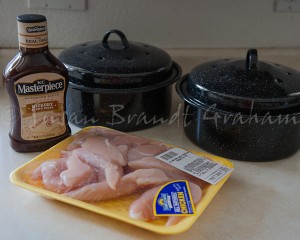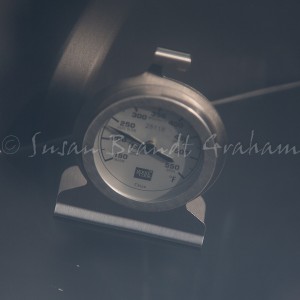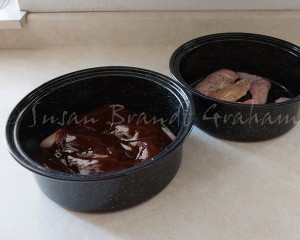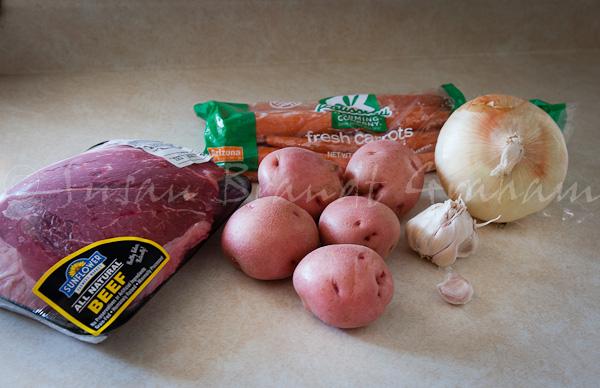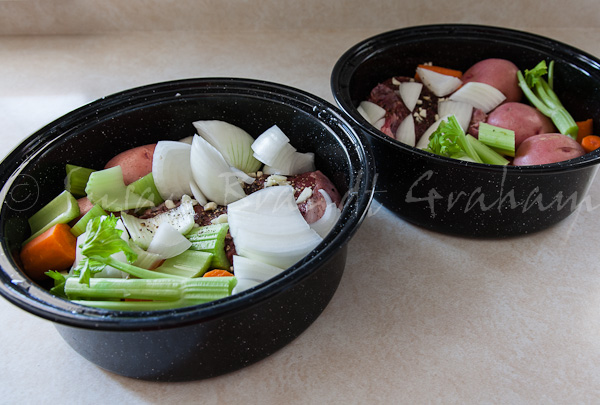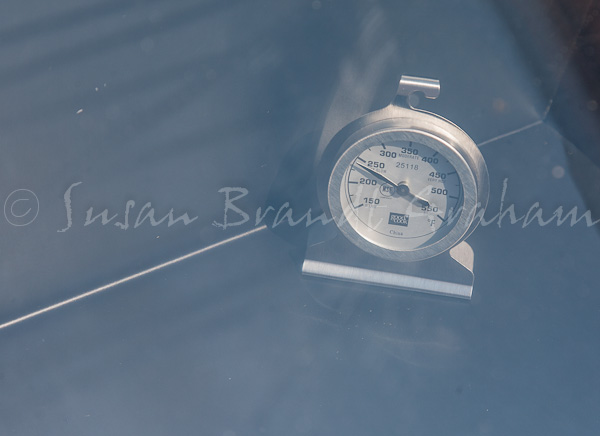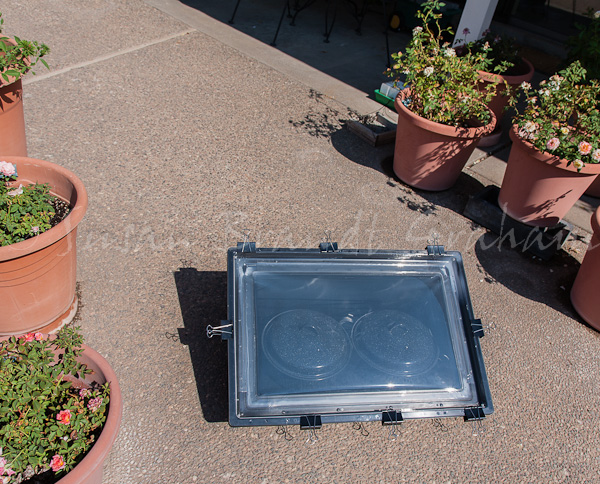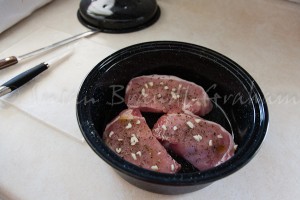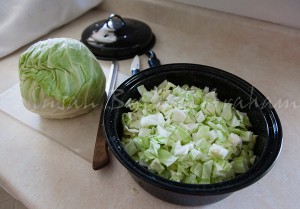Another Lesson in Solar Cooking
Solar Cooking
Solar cooking was put on the back burner, so to speak, while Albuquerque experienced several wonderful days of afternoon and evening rains at the beginning of our 2012 monsoon season. I am very grateful for the rains!!!
I was anxious to try the solar oven for a third time, however, and the forecast for today was for a lessened chance of rain. The morning was actually supposed to be pretty sunny. I had purchased some chicken tenders on sale, and planned to cook different things in each of the two pots. I thought I would cook some plain, to use to make chicken salad tomorrow. I thought I would try a recipe for bbq chicken in the other pot.
I had the oven out and preheating starting at 8:30 am, a little earlier than the two previous times I have tried solar cooking. By 9:30 am the temperature in the oven was 230 F, which was great. There were a few clouds in the sky, but nothing that looked like rain (or even close!). It is pretty clear to me that I am going to be learning things about solar cooking for a long time to come!
At 9:50 am, I put the two separate pots of chicken in.
The temperature almost immediately fell to 150 F, which is what has happened before, so I did not think much about it. At 10:30, however, when I went out to see if the temperature had begun to rise, I was a little horrified to find the temperature back to what the thermometer registers at room temperature. That I was not comfortable with! As long as the food stays above 140 F, I’m pretty comfortable, but food should not be below that temperature for prolonged periods. So, I brought the two pots of chicken in and finished the cooking in the electric oven. I thought that perhaps the temperature variation from previous attempts was due to the scattered clouds.

